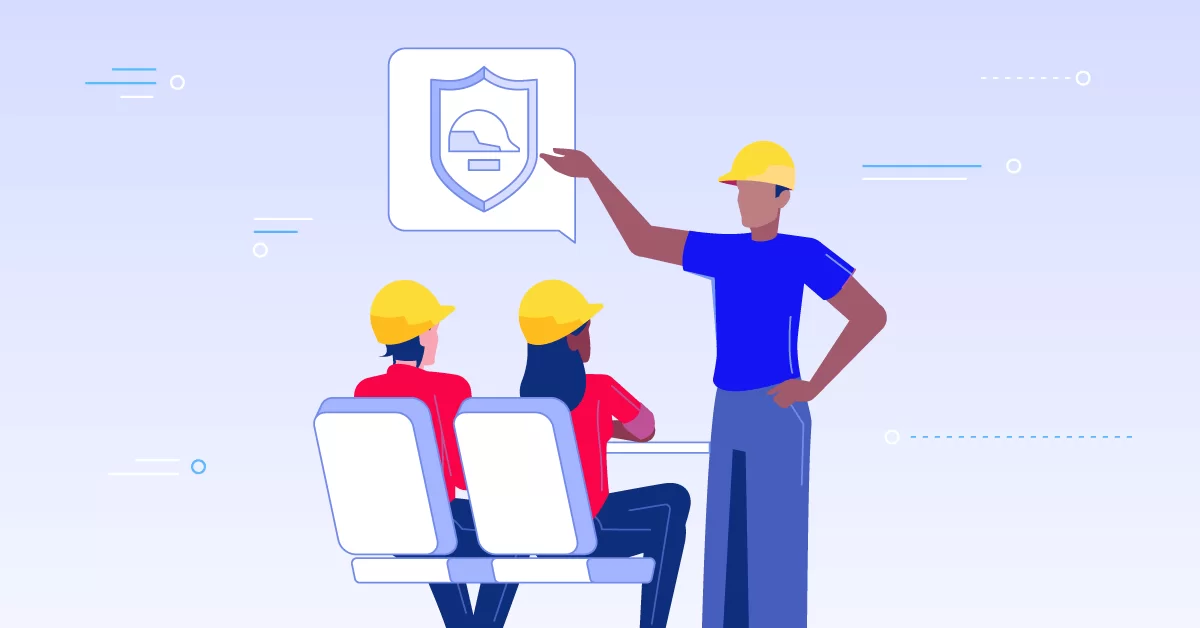Focus groups are those special groups of individuals that can help develop your eLearning project in the right direction. And what’s the “right direction” for eLearning courses? Definitely the one that leads to better learning, retention, engagement, motivation and, ultimately, performance – Phew! That was a lot of nouns. But that’s exactly what focus groups in eLearning do for a course. Ever think of bypassing this step before the launch date? Think twice. Here’s why.
Focus groups provide the summative and formative evaluation that is required to improve your eLearning course before the final push out the door. They give you a clear visual on how your eLearning project will be received by your audience. After all, there are times that, as eLearning professionals, we mean to say something else, but it is perceived as the exact opposite!
To avoid such miscommunication and other possible blunders, focus groups provide honest and sometimes blunt feedback, just in time! They help eradicate any weaknesses and strengthen your course structure before the final delivery.
Let’s look at some of the benefits of using focus groups in eLearning!
Effectiveness Personified!
If you think polls and surveys have you covered when it comes to learner-based eLearning evaluation, you need to reconsider your options. Provided you have selected a representative sample of members in the focus group, you can get the best insight on your eLearning course.
No matter how detail-oriented your questions are in a survey, there is always room for more questions. One paradox of the survey situation is that you cannot ask too many questions! Users may get annoyed or may not have the time (or patience) to answer all your questions. And did we mention the usually blank comments section of the survey? Let’s face it, an online page with a bunch of questions is not very appealing.
And then there’s also the case that some of the users answering your online questions may not belong to the learner audience of your course at all! What kind of feedback would you obtain from a non-representative group of users?
On the flip side, your focus group represents the learner audience. Their feedback will be valid, as well as responsive. Hence, eLearning focus group feedback is way more effective than an online survey.
Another argument worth mentioning here is the comparison between one-on-one interviews with learners and a combined question-answer session with a focus group. While the one-on-one interview may be reap in more evaluation points, it can also be time-consuming and expensive.
Conducting an evaluation session on a one-to-one basis is tedious and sometimes conflicting in terms of issues raised. A group would usually decide on an issue using the consensus method. Evaluation would be much quicker, leading to on-time project completion.
Learner Perspective
Apart from the helpful comments on improving the course, focus groups will also uncover some hidden learner needs. For example, a multimedia object may seem too advanced or too elementary for the learner. Selecting the best multimedia from a list of options with the eLearning focus group is a wise idea. This way, you are simply driving the learning comfortably close to the learner.
General questions that determine whether the content is too crowded or too simple on a single page are also best answered using eLearning focus groups. Asking questions like “How do you think you will apply this knowledge in your personal and professional life?” will further highlight the value of the eLearning content.
After all, knowledge application is the strongest motivating factor for an adult learner. And this is exactly why you need to confirm your course value and use the best-fit vocabulary for marketing your eLearning course.
Pre-requisites Determined
Just like the focus group members are able to point out the usability of a multimedia object within the course, they are also able to describe the gaps in the knowledge required before attempting the course.
If your eLearning focus group is unable to work through the course topics and exercises, you can determine the pages that need to be reviewed before a topic is introduced. You can also assign prerequisites for your course.
Solve Issues with Focus Groups
You can provide multiple eLearning design strategies and themes to your focus group. This will help determine the popularity and affinity of all your options. Your eLearning course success is inevitable when your strategies are aligned with learner preferences. What may have worked well five years ago may look outdated now. But, as an eLearning developer, it is easy to become desensitized to the changes occurring around you.
You can also present a single module that has given you a hard time during the development phase. Your focus group can shed some light over uncharted options. This is invaluable free advice that is bound to work if applied correctly.
Revisions followed by further focus group evaluations will clean up your design and content even further. Thus, focus groups in eLearning can have a catalytic effect on your iterative development pattern.
Problems with navigation, branching scenarios and even choice of avatar may be corrected with the suggestions offered by focus groups. Just like “two minds are better than one”, having three or four eLearning focus groups testing out your course is even better than just one. Their advice and comments will collectively aid in making better design decisions for your eLearning course.
Using focus groups in eLearning design will add the desired edge needed in your learner analysis report. With the dynamic offerings and needs of the educational technology market, it is hard to stabilize your learner analysis findings.
Focus groups in eLearning will teach you an extra thing or two about your learners. And this will help you bridge any gaps between your eLearning program and your learners.


